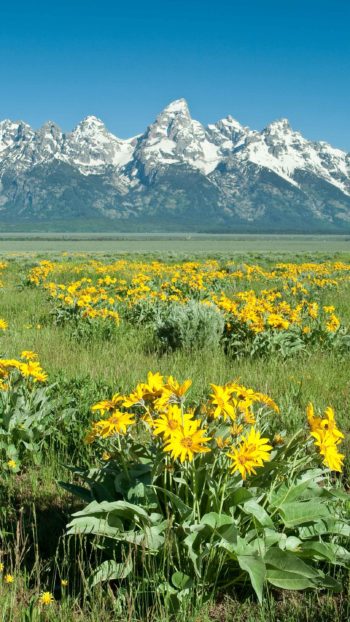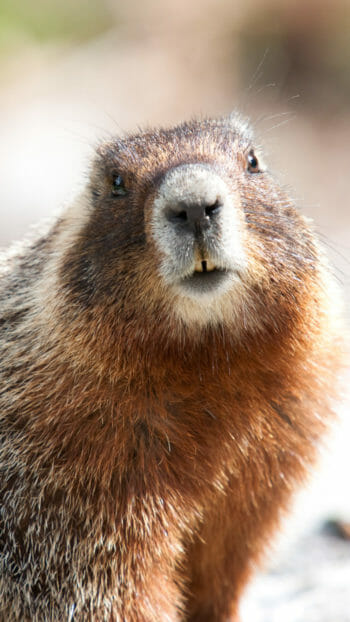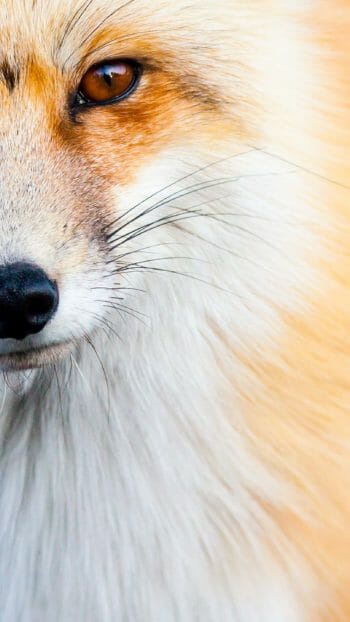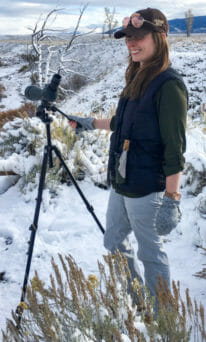When you enter Jackson Hole, you step into one of the most intact ecosystems in North America. The rugged skyline of the Teton Range, the broad sagebrush valley, and the winding Snake River create a landscape that still functions as it did centuries ago: wild, raw, and full of life. Grand Teton National Park is not just scenery; it’s a living habitat that sustains an incredible array of wildlife.
From elk herds grazing at sunrise to grizzly bears roaming the river corridors, Grand Teton offers one of the most immersive wildlife experiences in the American West. For travelers seeking a true understanding of this place, Grand Teton tours led by professional naturalist guides offer an unparalleled way to explore, learn, and connect with the wild.
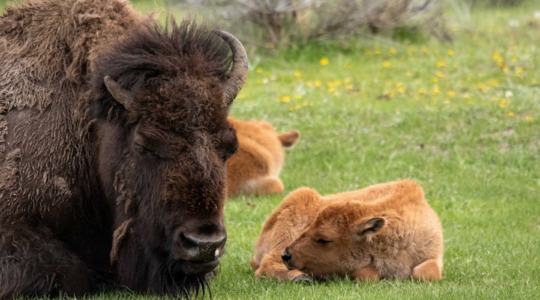

A Landscape of Life
Grand Teton National Park contains a mosaic of habitats that support an extraordinary diversity of species. The forests provide cover for black bears, elk, pine martens, and mule deer. The sagebrush flats host pronghorn antelope, coyotes, and large herds of bison. Alpine cliffs and talus slopes are home to mountain goats, marmots, and pikas—specialists perfectly adapted to the thin air of high elevation.
Along the waterways, moose wade among willows and beavers construct elaborate lodges. Bald eagles perch on snags overlooking the Snake River, while trumpeter swans and pelicans share the same waters. This blend of wetlands, meadows, forests, and rugged peaks creates one of the richest wildlife viewing regions in the country.
Because these habitats overlap across such a compact area, Grand Teton offers extraordinary opportunities for observation. A short drive can move you from sagebrush steppe to dense conifer forest, or from alpine lake to riparian wetland—all within a single morning of exploration.

Summer Season
The long days of summer bring Grand Teton to life. Warm sunlight spills across the valley as wildflowers bloom and the mountains shed their final snow. Visitors from around the world come to experience the park’s hiking trails, pristine lakes, and unparalleled wildlife viewing. For many, seeing the incredible animals that call this valley home is the highlight of their trip, and with good reason.
Early Summer: Birth and Renewal
In May and June, Grand Teton bursts with new life. Elk and moose give birth to their calves in the lush meadows, and grizzly bears, fresh from hibernation, are frequently seen roaming the valley floor in search of food. This is prime time for bear activity; both grizzlies and black bears are on the move before the summer heat drives them higher into the mountains. These months are also when moose are most active, feeding in the willows along the Snake River and its tributaries.
Elk gather in great numbers, and the meadows echo with the calls of sandhill cranes and the chatter of songbirds returning from migration. Bald eagles and ospreys are common sights along the river, diving for fish in the clear, cold waters. For wildlife enthusiasts, this is one of the most exciting times of year to join a Grand Teton tour, as the valley teems with visible activity from dawn until dusk.
Mid-Summer: The Height of Activity
By July and August, the valley warms and wildlife spreads across the landscape. Melting snow opens up high alpine meadows, allowing many animals, especially bears, elk, and moose, to move upward to cooler elevations. They seek shade during the day, becoming most active in the early morning and late evening.
Bison and pronghorn, better adapted to the heat, stay on the move across the sagebrush flats. The bison rut takes center stage in midsummer, filling the air with deep bellows as bulls compete for mates. Dust rises from the ground as massive animals wallow and spar, one of the park’s most dramatic natural events. Even from a distance, you can hear the low, resonant sounds that define summer on the plains.
Fall’s Approach: Sound and Color
As September and October arrive, Grand Teton enters one of its most beautiful transformations. The aspen and cottonwood leaves turn golden, painting the valley in a warm, shimmering glow. The cooler air stirs movement among the park’s wildlife. Elk begin their annual rut, and the haunting sound of their bugles echoes through the forests and meadows. Moose also grow more active, their antlers fully developed, while bears return to the lower valleys to feast on berries and remaining carrion in preparation for hibernation.
This is a photographer’s dream season-vibrant foliage, crisp light, and animals on the move. It’s also one of the best times to take a Grand Teton wildlife tour, with expert guides who know where to find the action during this rich and fleeting season.
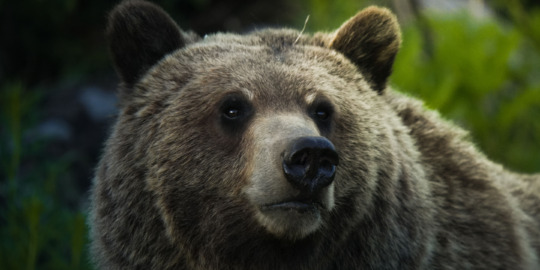

Winter Season
Winter in Grand Teton is a quieter, more contemplative time, but it is far from lifeless. The snow softens the landscape and transforms the park into a serene wilderness where only the hardiest animals endure. It’s a season of adaptation, survival, and beauty.
When the first heavy snows arrive in November, elk begin their journey from the high country to the National Elk Refuge on the edge of Jackson. Established in 1912, the refuge provides vital winter range for thousands of elk that once struggled to survive as development expanded in the valley. By midwinter, as many as 8,000 elk can be seen here, a breathtaking sight that connects visitors to the deep history of wildlife management in the American West.
Along the edges of the refuge, bald eagles watch from cottonwoods, while coyotes and foxes hunt for rodents beneath the snow. In the nearby hills, bighorn sheep descend from the mountains to graze the open slopes of Miller Butte, offering a rare and intimate view of these sure-footed animals.
Though bears are hibernating, wolves are active and easier to spot than at any other time of year. Their dark coats stand out against the snow as they follow the elk herds through the valley. Moose thrive in the cold, feeding on willow branches that protrude above the snowpack.
For those willing to embrace the season, winter Grand Teton tours reveal a side of the park that few visitors ever experience. Traveling with a professional naturalist allows you to navigate icy roads safely, learn about winter ecology, and spot wildlife that might otherwise go unnoticed against the white landscape. The contrast of the Tetons’ snow-covered peaks with the dark silhouettes of animals in motion makes winter one of the park’s most strikingly beautiful seasons.

Best Way to View Wildlife in Grand Teton National Park
Grand Teton offers world-class wildlife viewing opportunities, but finding animals in such a vast landscape can be challenging. The park’s size, terrain, and seasonal patterns mean that success often depends on timing, knowledge, and patience. For that reason, guided Grand Teton tours are among the most rewarding ways to experience the park.
Local naturalists know the rhythms of the valley- where certain animals are most active, what signs to look for, and how to observe without disturbance. They understand how weather, temperature, and daylight affect animal movement. With expert guidance, guests can focus on observing, learning, and connecting with the ecosystem, rather than worrying about logistics or routes.
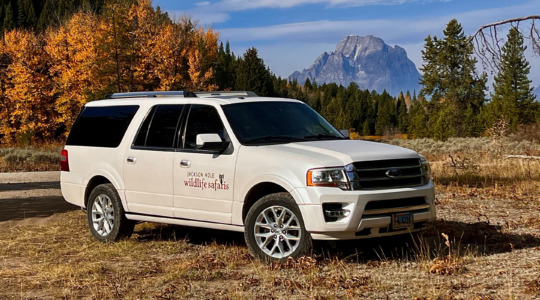
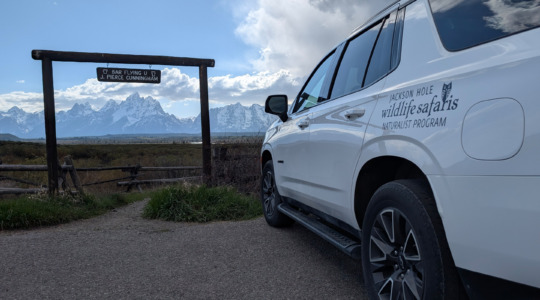
Summer Full-Day Grand Teton Wildlife Tour
A full-day summer Grand Teton tour offers the perfect introduction to the park and its wildlife. The day begins early, with your guide picking you up from your lodging before sunrise, the prime time for wildlife movement. The first light paints the mountains gold as the valley stirs with activity. Elk graze in open meadows, moose move through the willows, and bears may be spotted foraging near the rivers.
Throughout the day, your guide leads you through a variety of habitats: river corridors, marshlands, sagebrush flats, and forested foothills. You’ll explore quiet side roads and less-visited areas that few travelers discover on their own. Professional-grade binoculars and spotting scopes are provided for every guest, ensuring the best possible view of distant animals.
Lunch is enjoyed in a scenic picnic area with panoramic views of the Teton Range, a perfect setting to reflect on the morning’s sightings. As the afternoon unfolds, your guide tailors the route based on your interests, whether that’s photographing bison herds, observing birdlife, or learning about the park’s geology and history.
By the end of the day, you’ll have a deeper appreciation for Grand Teton’s wildlife and the delicate balance that keeps this ecosystem thriving. Guests often leave inspired, with a stronger understanding of how each species contributes to the health of the whole.
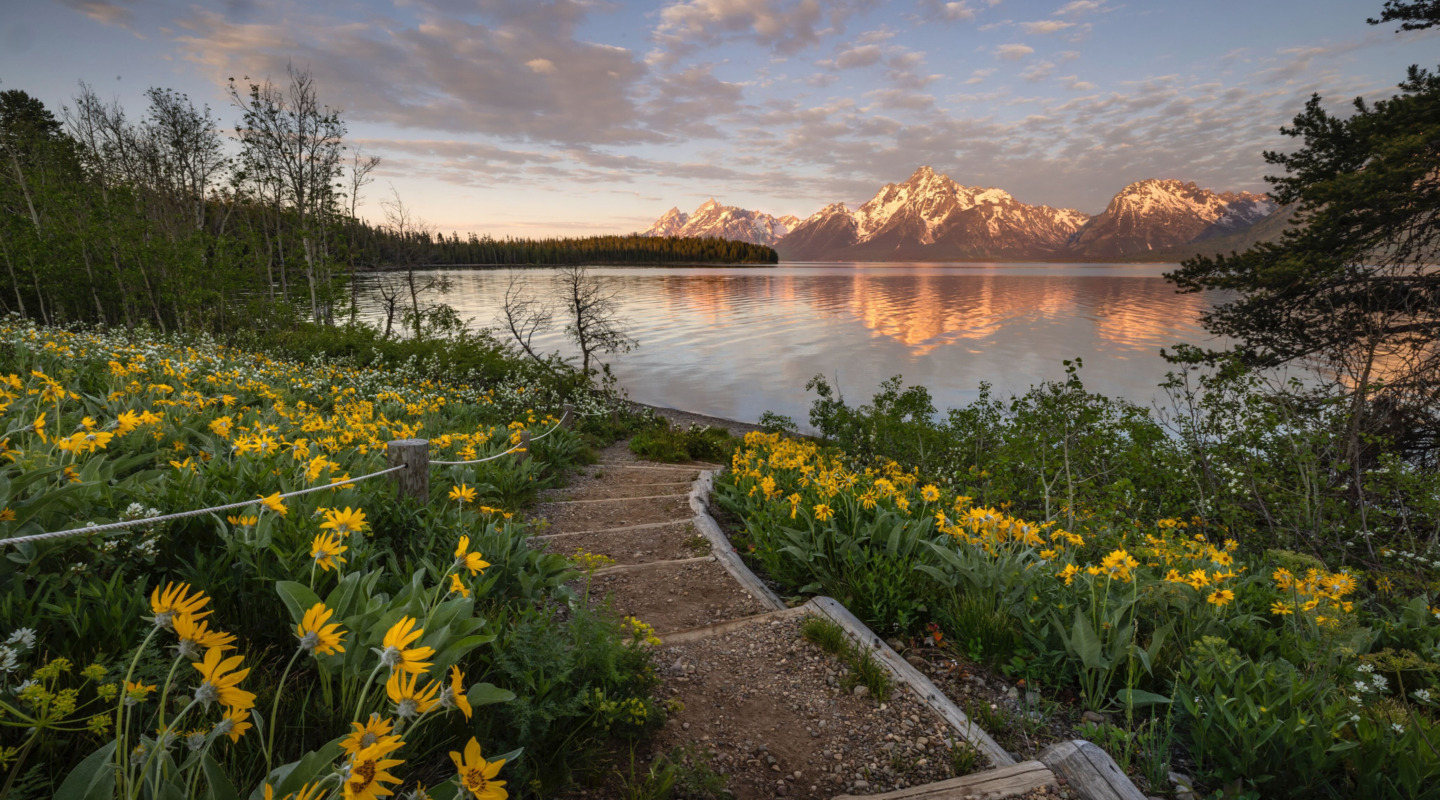
Winter Full-Day Grand Teton Tours
A full-day winter Grand Teton tour offers an equally remarkable experience in a completely different world. Snow blankets the valley, and crisp air carries the quiet sounds of winter, an occasional bugle from the Elk Refuge, the soft crunch of hooves, or the distant howl of a wolf.
Your guide handles all the winter driving, allowing you to relax in a comfortable vehicle as you journey through the park and the refuge. The day begins early on the way to the Elk Refuge. After searching for early morning activity, we head out on a horse-drawn sleigh that takes you out among thousands of elk, offering a front-row view of one of North America’s greatest wildlife spectacles. Guides share stories of migration, conservation, and the challenges animals face during the harshest season.
Afterward, warm up over lunch at one of Jackson’s cozy local restaurants before venturing back into the field. The afternoon focuses on tracking moose, bighorn sheep, eagles, and other winter residents in Grand Teton National Park. Binoculars and spotting scopes are available to help you spot animals at a safe and respectful distance.
By day’s end, you’ll have witnessed the quiet endurance of wildlife in winter, a profound reminder of the strength and resilience that defines life in this rugged mountain ecosystem.
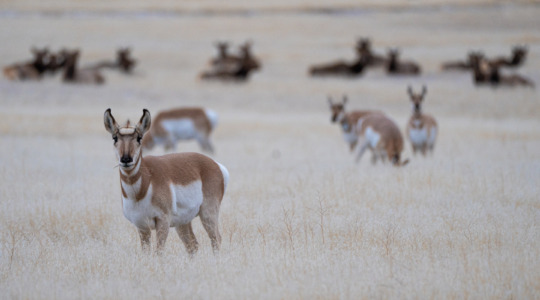
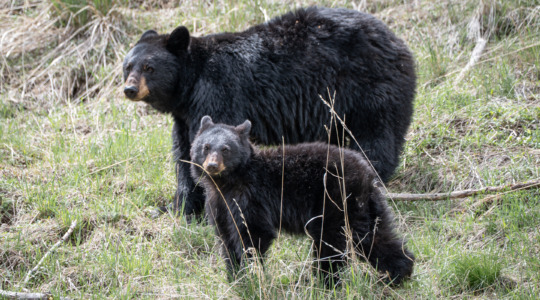
Experience the Wild Year-Round
Grand Teton National Park offers a living classroom for those curious about the natural world. Each season reveals a new story: birth and renewal in spring, abundance and activity in summer, change and preparation in fall, and endurance in winter. Through it all, the wildlife remains the park’s heartbeat.
A guided Grand Teton wildlife tour with Jackson Hole Wildlife Safaris transforms your visit into more than just sightseeing, it becomes an exciting education in ecology, conservation, and respect for the natural world. Whether you visit in the heat of summer or the stillness of winter, the wild spirit of Grand Teton will stay with you long after you’ve left the valley.
FAQs
What animals can you see in Grand Teton National Park?
Grand Teton National Park supports a wide range of wildlife thanks to its diverse habitats. Visitors commonly see elk, moose, bison, pronghorn, mule deer, coyotes, bald eagles, and trumpeter swans. In the right seasons and times of day, sightings of grizzly bears, black bears, wolves, beavers, river otters, and bighorn sheep are also possible. The park’s mixture of forests, wetlands, sagebrush flats, and mountains creates ideal conditions for wildlife year-round.
When is the best time to see wildlife in Grand Teton?
Wildlife can be viewed year-round, but the best times are early morning and late evening when animals are most active. Spring and early summer offer excellent bear, moose, and elk viewing, while fall is known for the elk rut and increased bear activity before hibernation. Winter concentrates animals like elk, bighorn sheep, wolves, and moose at lower elevations, making them easier to find during guided Grand Teton tours.
Are guided Grand Teton tours worth it for wildlife viewing?
Yes. Guided Grand Teton tours significantly improve wildlife viewing success. Professional naturalists know the habitat, seasonal movement patterns, safe viewing distances, and the best vantage points for each species. They provide high-quality optics, interpret animal behavior, and handle navigation and safety, allowing guests to focus entirely on observing wildlife without guesswork or stress.
Can you see wildlife in Grand Teton during winter?
Absolutely. Winter is an excellent time to see animals that move to lower elevations once snow accumulates. Thousands of elk gather on the National Elk Refuge, bighorn sheep descend from high cliffs, moose feed in willow stands near the roads, and wolves follow weakened elk across the valley. Although bears hibernate, winter wildlife tours offer outstanding viewing in a quiet, snow-covered landscape.
What is the safest way to view wildlife in Grand Teton National Park?
The safest way is to maintain proper distance, use optics instead of approaching animals, and follow the guidelines set by the National Park Service. A guided tour is the most responsible and effective option, as professional guides ensure ethical viewing, reduce disturbance to animals, and teach safe behavior around large species such as moose, bison, bears, and elk.


